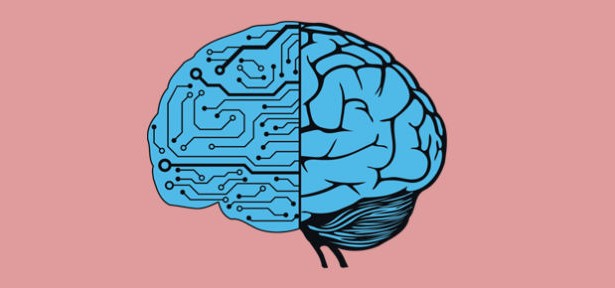
Turing actually devised his imitation game in his 1948 paper, ‘Intelligent Machinery’, considered the first manifesto of artificial intelligence. Turing’s test aims to investigate the intellectual capacity of machines, so it is as relevant today as when he was developing his ideas more than 60 years ago, especially because we are building more and more computer programmes and robots to interact and collaborate with humans.
No, it is not a test for human-like intelligence but an exploration of whether a machine can ever answer any question put to it in a satisfactory and sustained manner. Of course the judgement of whether an answer to a particular judge’s question is relevant rests with the interrogator who might feel a machine’s response is more appropriate to a human’s answer to the same question.
Because it questions the very nature of what it means to be human, and conversation-natural language is most human. Different interpretations of Turing’ ideas exist as to the purpose of the test with lots of disagreements, but this is healthy and democratises science and empirical work.
Judges and hidden humans have mostly enjoyed their participation. However when some judges who got it wrong learn they did not accurately categorise humans as humans and machines as machines they ask all sorts of questions to mitigate their error, such as ‘Were the humans told to act like machines?’ – they were not, all humans in our experiments have always been asked to be themselves. However, what these judges probably have not realised is that error-making is part of intelligent thinking, it’s one way of how we learn and improve.
No, not in the sense that Turing would have envisaged. What has been achieved in the 2014 Royal Society London held experiment could be said to be the first challenge being overcome, that of wrong identification by 30% of a panel of judges. But this is open to interpretation of one statement of Turing’s in his 1950 paper ignoring what he said before and after. We do not yet have in existence the kinds of machines Turing envisaged that would play his imitation game satisfactorily.
It depends on what you mean by thinking J In place of circular definitions Turing posed his imitation game and felt that if a machine could answer any question in a satisfactory and sustained manner then that would not be an easy contrivance.
Turing’s Imitation Game: Conversations with the Unknown by Kevin Warwick and Huma Shah is OUT NOW.
Latest Comments
Have your say!